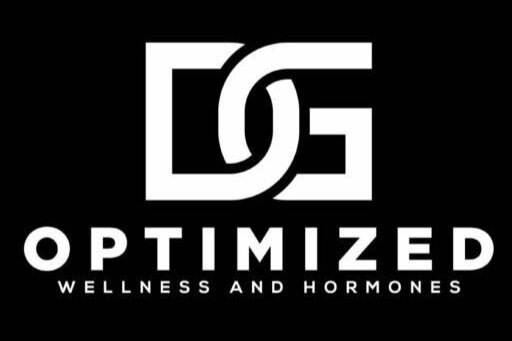PostExercise Recovery Science.
We've all been there. The day after an intense workout, we're met with sore muscles, fatigue, and sometimes even that nagging feeling of regret — "Maybe I overdid it?". Early on in my journey I struggled with muscle soreness frequently. . . Number 1, and most important, it gets better and becomes tolerable. With so many recovery techniques being advertised, from stretching to ice baths, how do we know what truly works? Well, as with everything we suggest...what does the data show??! A systematic review by Dupuy et al. (2018) offers some valuable insights. Let’s look into their findings.
Why is Recovery Important?
Before we delve into the results, it's vital to understand why proper recovery is paramount. Every time we push our bodies, whether it's through weightlifting, running, or any other form of exercise, we induce microscopic damage to our muscle fibers. This damage, while a natural part of the growth process, can result in delayed onset muscle soreness (DOMS), fatigue, and inflammation. It's our body's way of signaling it needs time and assistance to heal.
The Study At A Glance
Dupuy and his team scoured three major databases, assessing 99 studies in their systematic review. Their primary aim was to evaluate the impact of various recovery techniques on DOMS, perceived fatigue, muscle damage, and inflammatory markers after physical exercise.
The Findings: What Really Works?
Massage: Not only was massage found to be the most potent technique for reducing DOMS and fatigue, but it also significantly impacted reducing inflammation. It seems that those spa days might just have some scientific backing!
Active recovery: This involves performing light exercises that don't strain the muscles too much. The research indicated that active recovery, alongside techniques like compression garments, immersion, contrast water therapy, and cryotherapy, had a noticeable decrease in DOMS severity.
Compression techniques: Garments specifically designed for compression, along with massage and water immersion, were found to be effective in managing perceived fatigue.
Cold Exposure: In the fight against inflammation, aside from massage, cold exposure emerged as a potent contender.
Interestingly, while several techniques showed positive results in terms of reducing DOMS and fatigue, the study found no significant change with methods like electrostimulation and stretching. It's a clear indication that not all popular recovery methods hold up under scientific scrutiny.
In Conclusion
So, what's the takeaway? Firstly, always listen to your body. It's the best indicator of what you need. Secondly, while there's no one-size-fits-all approach, this study underscores the effectiveness of massage as a recovery tool. So, next time you're feeling the aftermath of an intense workout, you might want to book yourself a massage session. Not only will it feel good, but your muscles will thank you! Consideration for cold exposure through emersion or even a cold shower can be a close second to helping improve those pesky symptoms to get back in the saddle for improved gains. Jason & Rita...aka Dr. De Leon and Dr. Gillespie.
Reference: Dupuy, O., Douzi, W., Theurot, D., Bosquet, L., & Dugué, B. (2018). An Evidence-Based Approach for Choosing Post-exercise Recovery Techniques to Reduce Markers of Muscle Damage, Soreness, Fatigue, and Inflammation: A Systematic Review With Meta-Analysis. Frontiers in Physiology, 9, 403.
